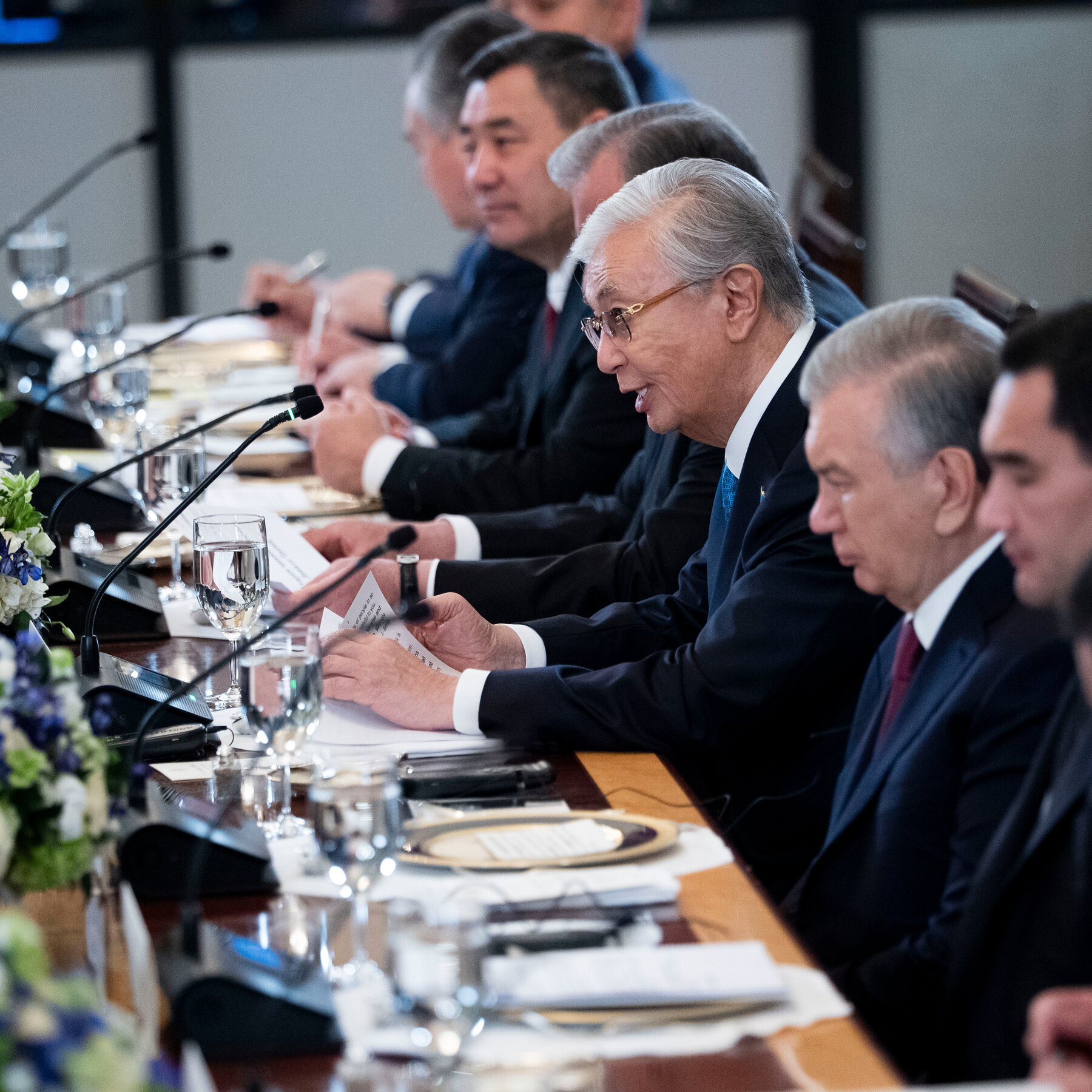What’s More Dangerous Than India’s Frequent Heat Waves? Heat Stress.
Rising Threat to Women’s Health and Livelihoods
Across the Indian subcontinent, sweltering temperatures have become a seasonal norm. Yet, the real danger lies not in the scorching sun itself but in the prolonged heat stress that women endure at work and at home.
From Kitchens to Construction Sites
In bustling urban markets, women who cook for long hours in open‑air stalls report persistent fatigue, dizziness, and chronic dehydration. In rural areas, female agricultural laborers spend days under the relentless sun, often without access to shade or adequate water. Both groups experience a steady decline in physical stamina, leading to reduced productivity and, consequently, lower earnings.
Health Consequences That Extend Beyond the Summer
Medical professionals warn that chronic exposure to high temperatures can trigger a cascade of health issues, including:
- Heat‑related illnesses such as heat exhaustion and heat stroke.
- Exacerbation of cardiovascular and respiratory conditions.
- Kidney damage due to repeated dehydration.
- Increased risk of pregnancy complications for expectant mothers.
“I used to finish my shifts without a problem, but now I need to rest halfway through,” says Meera, a 34‑year‑old street vendor from Delhi. “The heat makes me sick, and I can’t afford to lose customers.”
Economic Impact: A Vicious Cycle
When health deteriorates, women’s ability to earn diminishes. Many families, already living on the edge, find themselves slipping into deeper poverty. The loss of income also means fewer resources for medical care, creating a feedback loop that perpetuates both ill‑health and financial strain.
Policy Gaps and the Way Forward
Despite growing awareness, India’s labor regulations lack specific provisions for heat stress mitigation, especially for informal sectors where women predominate. Experts call for:
- Mandatory provision of drinking water, rest breaks, and shaded workspaces.
- Implementation of early‑warning systems that alert workers to dangerous temperature spikes.
- Community‑based health screenings focused on heat‑related conditions.
- Investment in cooling technologies that are affordable and adaptable to low‑income settings.
Community Initiatives Making a Difference
In the coastal town of Kanyakumari, a women’s cooperative has installed low‑cost evaporative coolers in their textile workshops. The initiative has cut heat‑related absenteeism by 30 % and boosted monthly earnings for participants.
Similarly, NGOs in Maharashtra are training female farmers on “heat‑smart” agricultural practices, such as adjusting planting schedules and using mulching techniques to keep soil temperatures lower.
Conclusion
While India’s heat waves dominate headlines, the silent burden of heat stress on women’s health and finances demands urgent attention. Addressing this issue requires coordinated action from policymakers, employers, and civil society to ensure that the nation’s most vulnerable workers are protected from an invisible yet deadly threat.






